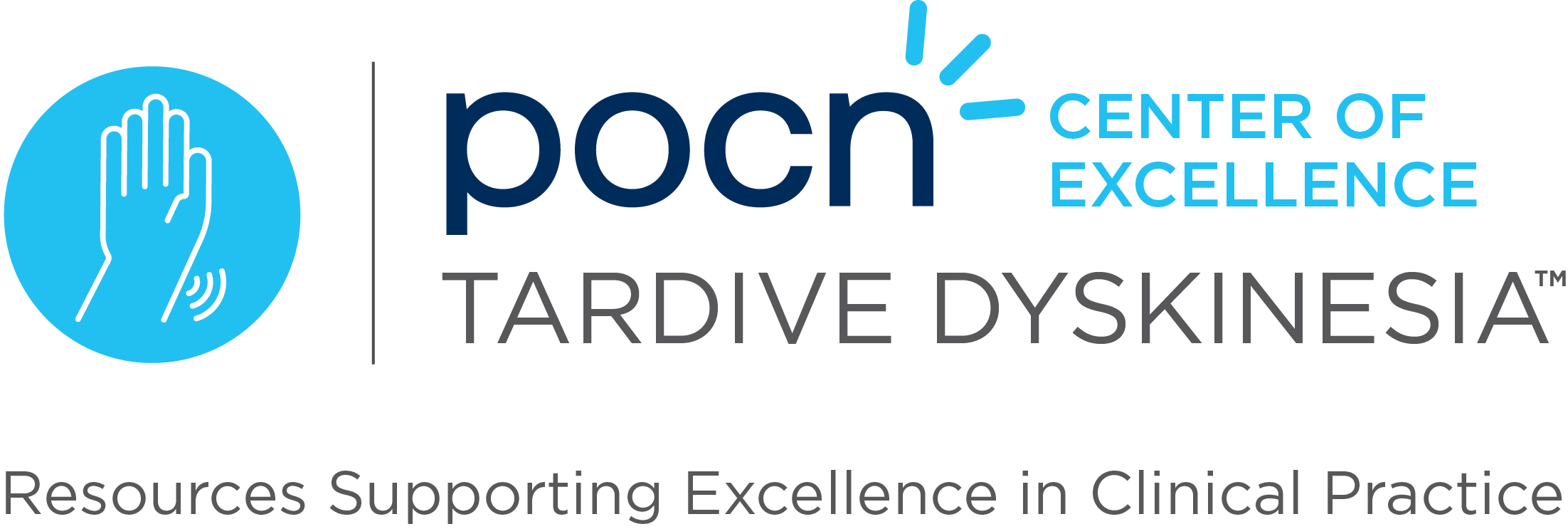In this instructional video, Dr. Rakesh Jain, co-chair of Psych Congress, emphasizes the importance of the Abnormal Involuntary Movement Scale (AIMS) in diagnosing and monitoring tardive dyskinesia (TD). Dr. Jain details the components, scoring, and procedure for conducting the AIMS exam. The AIMS exam, which assesses involuntary movements across various body parts on a five-point severity scale, serves as a reliable tool for detecting and tracking TD. It is recommended every 3 to 6 months, particularly for patients on neuroleptic therapy.
The AIMS exam is a structured, 10-minute process that involves observing the patient at rest and during activation techniques, such as tongue movements and hand tapping. A positive exam, indicating potential TD, includes mild symptoms in two or more movements or moderate to severe symptoms in a single movement. Dr. Jain underscores the exam’s clinical relevance, highlighting its reliability and ease of administration, even by trained non-clinicians. Regular use of AIMS aligns with best practices for TD detection and monitoring, ensuring timely management of this medication-induced disorder.
Reference: Jain R. AIMS Exam Instructional Video. HMP Global Learning Network. Published January 5, 2018. Accessed November 14, 2024. https://www.hmpgloballearningnetwork.com/site/pcn/multimedia/aims-exam-instructional-video



